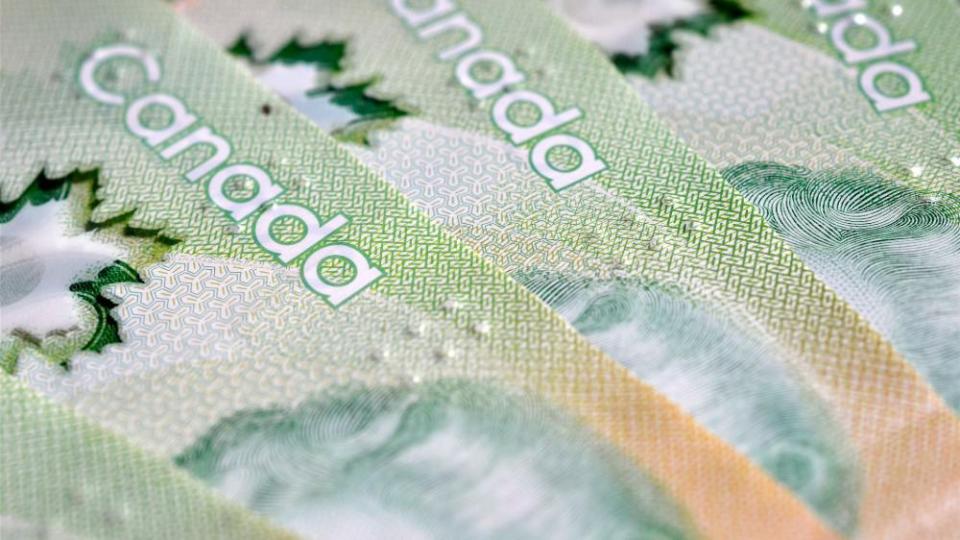Market Crash 2.0: 2 Stocks You Should Buy for Dividends

In early September, the market saw a correction, as retail investors cashed out some profits and invested a portion of their money in gold stocks. This raised a warning of the looming stock market crash 2.0.
Interest rates are at record lows with no sign of rising before next year. Low interest rates have made borrowing easy. Many capital-intensive companies have raised their liquidity to withstand the COVID-19 crisis. While low interest rates attracted borrowers, it repelled investors. With no good alternatives to invest, people switched to stock markets to grow their money.
Buy these stocks for dividends
If you are someone who loves earning assured interest instead of betting on the stock price to increase, you should consider investing in dividend stocks. The fear of a looming recession has raised concerns around some companies’ profitability and cash flows. But these risks are being handsomely rewarded with dividend yields as high as 9.8%.
A good dividend stock is generally a well-established traditional business that is the market leader and earns stable cash flows. These businesses pay a certain percentage of their cash flow as dividends and retain the remaining cash flow to invest in the business.
Enbridge stock
Dividend talks are incomplete without Enbridge (TSX:ENB)(NYSE:ENB), a Dividend Aristocrat with a 25-year history of paying regular incremental dividends. When looking at dividend stocks, you should look at their cash inflows and their liabilities and understand the factors that could hamper their cash flows.
Enbridge is North America’s largest pipeline operator and earns cash by transmitting oil and natural gas. Being a market leader, it has pricing power. The company increased its operating cash flow from $5.2 billion in 2016 to $9.4 billion in 2019. It also has more than $48 billion in net debt, but its huge operating cash flow makes it manageable.
Enbridge’s cash flow will take a hit when the economy slows, oil demand falls, or its major projects are stuck in regulatory and environmental issues. However, its resilient pipeline utility model makes cash flow predictable, giving the company ample time to make necessary arrangements. This predictability has helped Enbridge increase its dividend at a CAGR of 14% in the last 10 years.
This year, Enbridge stock took a beating from a decline in oil demand as the pandemic grounded planes and closed factories. But it has maintained its dividend per share. The beaten-down stock price has increased its dividend yield to 8.0%. There is a risk that Enbridge’s cash flow might slow, but the 8% reward compensates for the risk. Moreover, the stock will recover along with the economy, creating an upside of as much as 20%.
RioCan REIT
RioCan REIT (TSX:REI.UN) is the second-largest retail REIT in Canada. It earns cash by renting out its properties in the prime cites to retailers, with no single retailer accounting for over 5% of its rental income. This diversification mitigates the impact of losing customers on its cash flows.
RioCan increased its operating cash flow from $455.4 million in 2016 to $568.7 million in 2019 by building more retail and residential properties and renting them out. It has more than $5.3 billion in net debt. The rent increases every year and makes its cash flows predictable, allowing it to manage debt and pay dividends.
RioCan is exposed to an economic downturn. During a downturn, it suffers from credit losses, reduced property prices, and lower occupancy. In the 2019 financial crisis, it was exposed to all three risks, which reduced its stock price by more than 45%. But it maintained its dividend per share at $1.38 for four years. After two years, the stock recovered, growing 107%.
Once again, RioCan stock has declined to the 2009 level. It is facing the same three risks. In the second quarter, its gross rent collection fell to 73.3%, its occupancy rate fell to 96.4%, and the fair value of its investment properties fell by 3.1%. It has set aside around $19 million in provision for bad debts and rent abatements. But it has maintained its dividend per share, which has increased its dividend yield to 9.7%.
RioCan faces the risk of lower cash flow and dividend cut and is, therefore, giving a 9.7% reward.
The post Market Crash 2.0: 2 Stocks You Should Buy for Dividends appeared first on The Motley Fool Canada.
More reading
Fool contributor Puja Tayal has no position in any of the stocks mentioned. The Motley Fool owns shares of and recommends Enbridge.
The Motley Fool’s purpose is to help the world invest, better. Click here now for your free subscription to Take Stock, The Motley Fool Canada’s free investing newsletter. Packed with stock ideas and investing advice, it is essential reading for anyone looking to build and grow their wealth in the years ahead. Motley Fool Canada 2020

 Yahoo Finance
Yahoo Finance 